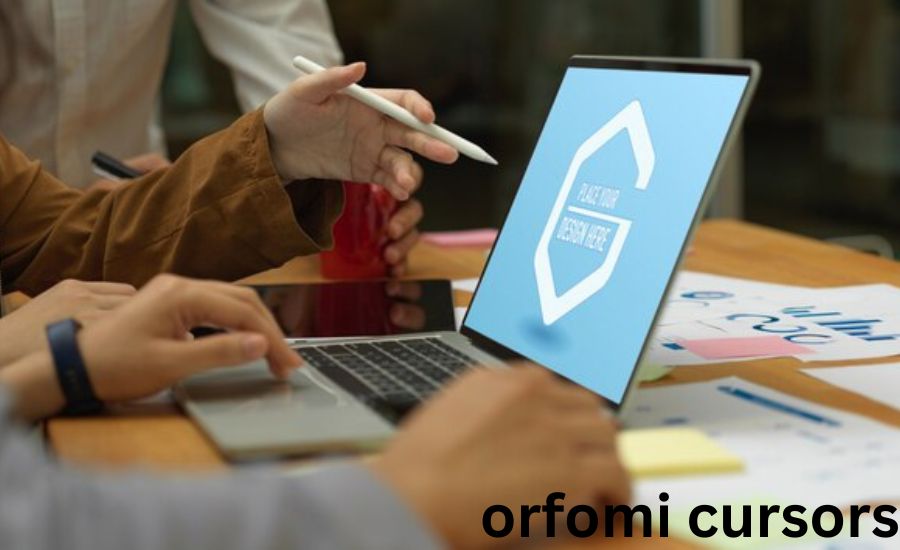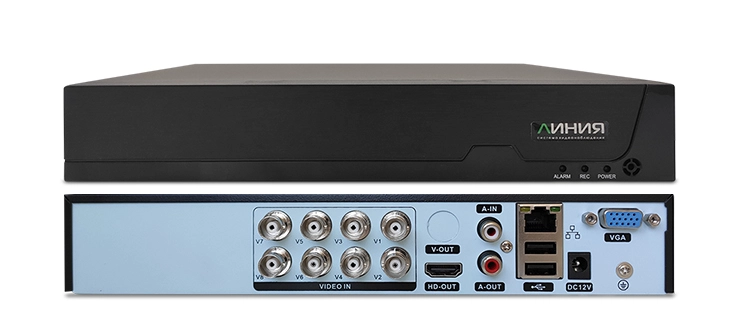In the world of digital interfaces, the cursor plays a fundamental role. It’s the bridge between user input and system response, providing a seamless way to interact with applications, websites, and operating systems. While the cursor has been a relatively unchanged component of user interface design for decades, new advancements, such as Orfomi Cursors, are redefining how users experience and engage with digital environments. These new cursor designs not only add aesthetic value but also enhance usability and functionality.
The Evolution of Cursor Design
The cursor, in its earliest form, was simply an arrow that indicated where a user’s input was being directed. Over time, it evolved into different shapes and designs to serve specific functions: the text cursor (a vertical bar), the hand cursor (for links), and even loading icons (like the spinning wheel). Despite these minor changes, the cursor remained relatively static in its core function—until now.
Orfomi Cursors represent the next leap in cursor innovation. They introduce modern design elements, advanced functionality, and personalization options that were previously unavailable. The evolution from the basic cursor to more sophisticated designs like those provided by Orfomi Cursors shows how technology is pushing the boundaries of user experience (UX) design.

What Sets Orfomi Cursors Apart?
At the heart of Orfomi Cursors is the idea that cursors can be much more than a mere pointer. They can serve as powerful tools for enhancing user engagement, accessibility, and aesthetics. Here’s how Orfomi Cursors are reshaping cursor design:
- Customizable Designs: One of the standout features of Orfomi Cursors is their customizability. Users can select from a variety of shapes, colors, and animations to match their preferences or the theme of the system they are using. This level of personalization allows users to feel more connected to their digital environment.
- Enhanced Accessibility: For users with visual impairments or other accessibility needs, Orfomi Cursors offer larger, more visible cursor designs. In addition, they feature high-contrast options, making it easier for users to locate and track the cursor on the screen. This is especially useful for individuals with low vision or color blindness.
- Dynamic Animations: Unlike traditional static cursors, Orfomi Cursors introduce dynamic animations that react to user actions. Whether clicking, dragging, or hovering, the cursor’s appearance changes to provide visual feedback, which helps improve usability and gives users more control over their interactions.
- Ergonomic Functionality: Beyond visual appeal, Orfomi Cursors focus on improving the ergonomic experience of cursor use. They can adapt to different screen sizes, resolutions, and even user preferences regarding sensitivity. This makes the cursor more responsive and reduces the strain users might feel from prolonged screen interaction.
- Cross-Platform Compatibility: Another key advantage of Orfomi Cursors is their cross-platform compatibility. Whether a user is navigating through a Windows operating system, a macOS, or even a mobile device, Orfomi Cursors are designed to work seamlessly across different platforms, ensuring a consistent experience regardless of the device in use.
- Professional and Creative Applications: For professionals working in graphic design, video editing, or other creative fields, Orfomi Cursors offer tools for precision and customization. These fields often require exact cursor movements, and the customizable designs can be adjusted for finer control. Furthermore, their sleek, minimalistic styles allow professionals to focus on their work without unnecessary distractions.
Why Cursors Matter in UX
Cursors, though seemingly small elements in user interfaces, have a significant impact on user experience. A well-designed cursor helps users navigate interfaces smoothly, reducing friction and confusion. Conversely, a poorly designed cursor can slow down interactions, cause frustration, and even contribute to fatigue from prolonged use.
Orfomi Cursors aim to address these challenges by combining form and function in a way that elevates the entire user experience. With their customizable designs, enhanced functionality, and focus on accessibility, these cursors make it easier for users to engage with digital platforms—whether for work, entertainment, or everyday tasks.
The Future of Cursor Design
As technology continues to advance, the demand for personalized, ergonomic, and dynamic design elements will grow. Orfomi Cursors are leading the charge in this area, proving that even the smallest aspects of UX, like cursor design, can be revolutionized for the better.
In the future, we may see even more innovative developments in cursor design, such as AI-driven cursors that adapt in real-time to user behavior, preferences, and even mood. Augmented reality (AR) and virtual reality (VR) environments will also demand new types of cursor interactions, and companies like Orfomi Cursors are well-positioned to meet these challenges.
Conclusion
In a digital world where user experience is paramount, every element of design counts—no matter how small. Orfomi Cursors are not just about enhancing the aesthetics of the cursor; they are about improving functionality, accessibility, and user engagement. As we look ahead to the future of digital interaction, Orfomi Cursors are shaping what’s to come in the world of cursor design, setting a new standard for both creativity and practicality. With their unique features and focus on user experience, Orfomi Cursors are truly elevating the role of the cursor in modern interface design.




